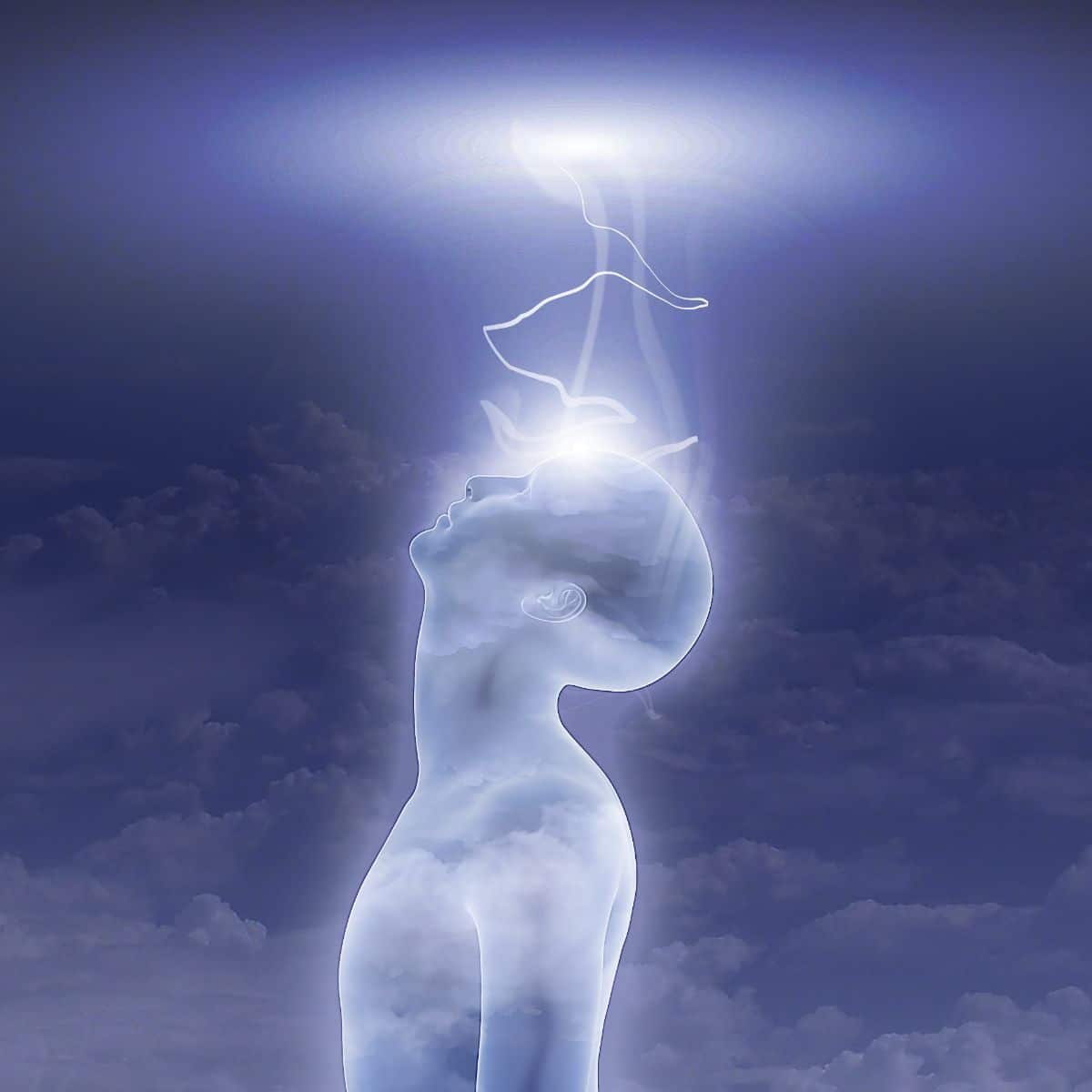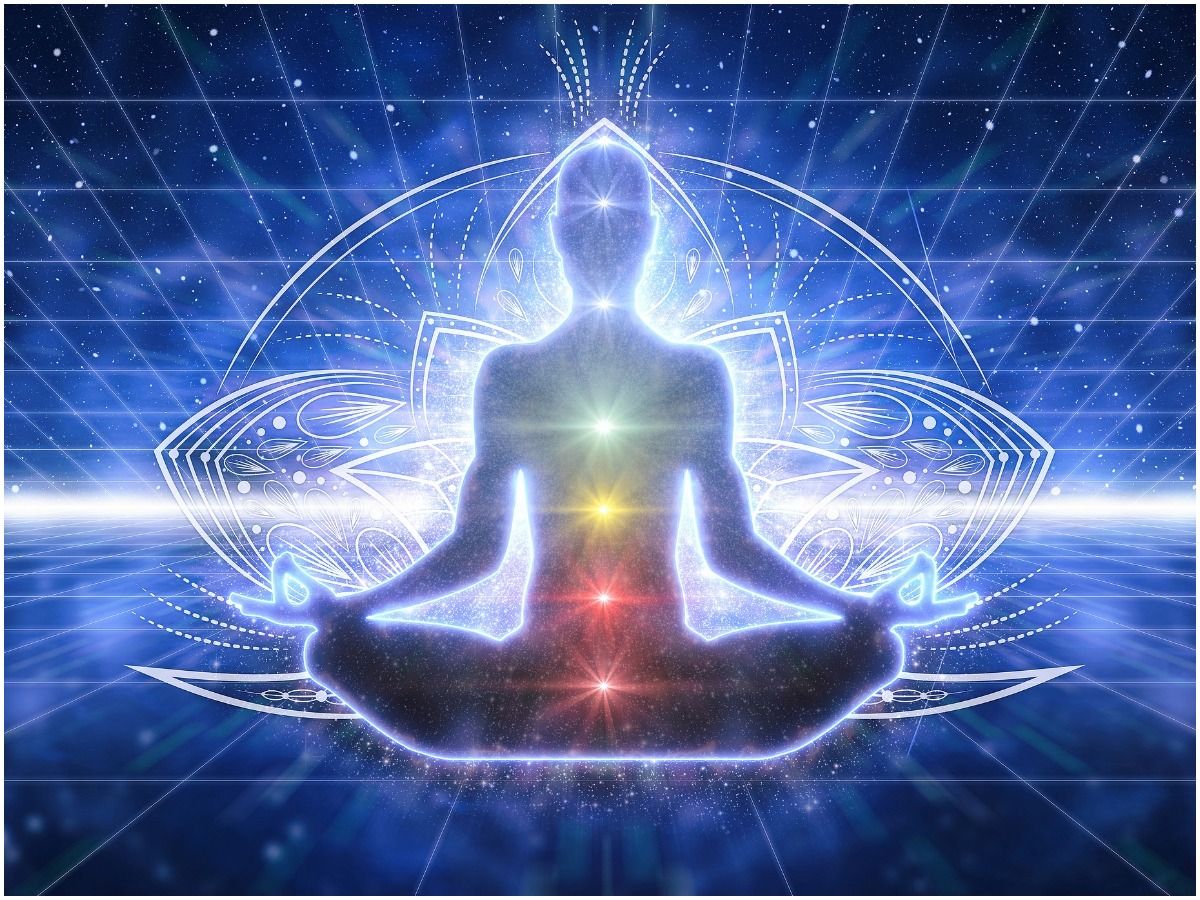Facts about the pineal gland:
Introduction
The pineal gland, also known as epiphysis cerebri, conarium, or the pineal body, is a tiny endocrine gland, in the shape of a tiny pine cone and is located between the two hemispheres of the brain.
The gland is responsible for the synthesis and secretion of melatonin, a hormone derived from tryptophan, that plays a central role in the regulation of circadian rhythm (24-hour cycle of biological activities linked with natural periods of light and darkness).
Melatonin also influences the development of the reproductive system structures.
It inhibits the release of certain reproductive hormones from the pituitary gland that affect female and male reproductive organs.
The synthesis and secretion of melatonin are dramatically affected by light exposure to the eyes.
The vital pattern observed is that serum concentrations of melatonin are low during the daytime hours and increase to a peak during the night.
DMT (Dimethyltryptamine), a hallucinogenic active substance present in the Amazonian botanical drink ayahuasca, is chemically similar to serotonin and melatonin and is believed to be a trace substance in human urine and blood.
Interesting facts about the pineal gland (third eye):

1. The gland is reddish-gray and about the size of a grain of rice (about 5–8 mm) in humans.
2. The name comes from the root word ”pinea,” which is Latin for „pine-cone.” Despite the fact that it looks like a pine cone when cut open, the pineal gland looks very similar to an eye.
3. Rene Descartes considered the gland to be the „principal seat of the soul.”
4. Unlike most of the mammalian brain, the gland is not isolated from the body by the blood-brain barrier system; it has profuse blood flow, second only to the kidney, supplied from the choroidal branches of the posterior cerebral artery.
5. The human pineal gland grows in size until about 1–2 years of age, remaining stable thereafter, although its weight increases progressively from puberty onwards.
6. The pineal gland contains pigment similar to that found in the eyes and is linked to the thalamus, playing an essential role in regulating states of sleep and wakefulness.
7. Researchers on rodents suggest that the gland may influence the actions of recreational drugs and antidepressants, such as Prozac.
Fluoride and Pineal Gland
8. In the 1990s, a British scientist, Jennifer Luke, discovered that fluoride concentrates on strikingly high levels in the pineal gland. The calcified gland is often seen in skull X-Rays and is largely associated with corpora arenacea, also known as „brain sand.”
9. Calcification is the biggest problem for the pineal gland. Fluoride accumulates in the pineal gland more than any other organ, and it leads to the formation of phosphate crystals. As your pineal gland hardens due to the crystal production, less melatonin is produced, and regulation of circadian rhythm – your wake-sleep cycle gets disturbed.
10. There has been a ton of research released since Dr. Jennifer Luke from the University of Surrey in England in 1997 found that fluoride could cause calcification of the pineal gland. Animals treated with fluoride not only had lower levels of melatonin as expected, but female animals experienced an early onset of puberty.
Because of the interference of melatonin production in the animals in response to the fluoride treatment, the hormonal triggers that are responsible for puberty were disturbed. This is something we are seeing quite frequently nowadays in the United States among young girls. There are many methods to decalcify your pineal gland, including the practice of meditation and having a diet rich in fruits and vegetables.
Dr. Jennifer Luke summarized the findings:
“In conclusion, the human pineal gland contains the biggest concentration of fluoride in the body. Fluoride is associated with depressed pineal melatonin synthesis by prepubertal gerbils and an accelerated onset of sexual maturation in the female gerbil. The results strengthen the hypothesis that the pineal has a role in the timing of the onset of puberty.”
11. Foods that specifically support and activate the gland are cacao beans, turmeric, green plants and vegetables, grass juices, wild harvested spring water, reishi mushroom tea, beets, apple cider vinegar, and others.
Third Eye & Pineal Gland
12. On the energy level, it is the physical manifestation of the sixth chakra or Ajna chakra, linked to the perception of non-physical reality, true mystic potential, and spiritual wisdom.

13. Your third eye is what connects you to a plane of existence where time and space don’t exist. This connection allows you to transcend your physical body or experience „out of body” and astral travel across space and time.
14. One of the important figures in Egyptian mystery school myths is the Eye of Horus. Many feel the Eye of Horus is really the third eye. There do seem to be a lot of similarities, at least from an anatomical point of view.
The eye is personified in the Goddess Wadjet (also written as Wadjyt, Edjo, Wadjit, Uto, Uatchet, or Buto). She was one of the goddesses given the title „Eye of Ra.”
15. It has light receptors, composing insight into our „mind’s eye.” It appears to have a connection to hallucinations, dreams, near-death experiences, and even visions.
ALSO READ: Ways to Balance and Heal Your Solar Plexus Chakra
16. The Hindu god Shiva has three eyes. The brow chakra eye or 3rd eye is known as the eye of Lord Shiva, possessor of all knowledge, which, when opened, will destroy anything it sees.
Hence, it is a symbol of knowledge that destroys ignorance and evil. The third eye is known throughout the Indian sub-continent as the „trinetra” or „urna” and is usually marked by a dot in the middle of the forehead, above and between the eyes.

17. The Buddhists take the third eye as the symbol of the spiritual awakening of wisdom and knowledge. It is also regularly referred to as the „Eye of the World” throughout Buddhist scriptures (Mahaparinibbana Sutta) and is represented as a trinity in the shape of a triangle known as the Triratna or Triple Gem.
18. Taoism teaches that the 3rd eye, also called the mind’s eye, is situated between the two physical eyes and expands up to the middle of the forehead when opened.
19. In the Middle East, the all-seeing eye has been known in the form of a hand-eye symbol called either Khamsa, Hamsa, or Hamesh.
It’s the symbol of an eye in the palm of a hand, usually the right hand. Again it is a symbol of protection against the evil eye and danger in general and had been seen as a good luck charm in that way.
20. In other traditions, as in Theosophy, it is considered that in far ancient times, humans had an actual third eye in the back of the head with a spiritual and physical function.
21. In Christianity, the Eye of God is portrayed hovering over a tent which is symbolic of the Tabernacle – the temple of the faithful.
The eye here represents the omnipresent spirit of God peering into the soul of the faithful – ever watchful over those who serve.
A quote from the Bible about this gland says: „The light of the body is the eye: if therefore your eye is single, your whole body shall be full of light.” Matthew 6:22
22. In Alsace, France, the fresco painted above the altar of the Abbey Church of Saint-Jean-Baptiste (1763) shows an extensive example of the eye-in-pyramid symbol, with the rays of glory breaking through the clouds.
23. The symbol of an eye in a hand also appears in Mayan and Aztec cultures and in Native American artworks, although archaeologists are not sure what meaning it had for these cultures.
24. Activating the 3rd eye can be accomplished through meditation. Mastering the art of meditation will help activate the pineal gland and the pituitary body, as well as teaching you to open and relax your mind to all possibilities.
Image source – https://pixabay.com/photos/spiritualism-awakening-meditation-4552237/
ALSO READ: Headaches – Spiritual Meaning
- About the Author
- Latest Posts
Irina is a co-founder and author at AwakeningState.com, an online magazine launched in 2016 that aims to expand consciousness every day. Offering eye-opening articles on a range of topics, Irina strives to provide unique insights into personal growth, covering areas such as spiritual awakening, health, lifestyle, nature, and science.
